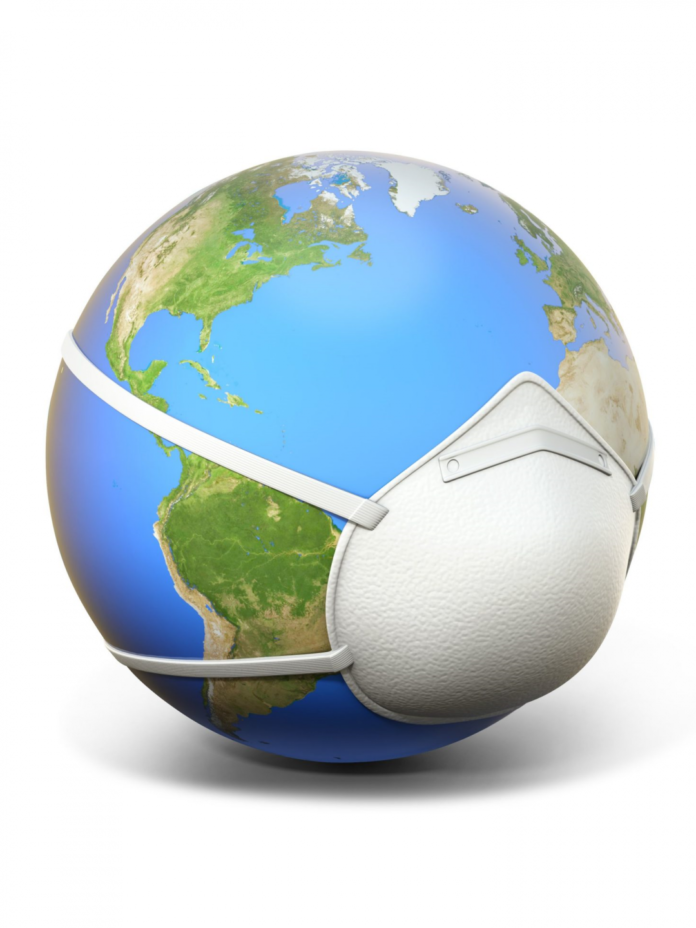by Ben S. Malayang III
There are ten. I mentioned two last month (“Celsius” and “Conflagrations”). This month, another two:
Contagions. Something related to rising Celsius. A warming earth is changing the moisture-temperature regimes that affect microbial populations and their biodynamics. These include zoonotic viruses.
The fact is: we’re facing many rapidly spreading and deadly diseases in our world today. Not just COVID19 that broke out in China on January 12 last year and has since spread across the world. Bad news, yes. But so were the dengue fever outbreak in Chile (February 22, 2020), yellow fever in Uganda (February 21, 2020), the Ebola Virus Disease in the Democratic Republic of Congo (February 20, 2020), Lassa Fever in Nigeria (February 20, 2020), and MERS in the UAR (January 29, 2020). These might not have been wide spreading as COVID19, but they’re deadly as well. African swine flu, bird flu, tuberculosis, you name it, the world is increasingly concerned with diseases including the resurgence of ones that were once thought to have been already controlled like polio and measles, and the emergence of new ones like SARS, West Nile Virus, Zika, and, yes, COVID19. For good reason, biorisk reduction is a high gear effort of the WHO (https://www.who.int/csr/don/archive/year/2020/en/). Despite modern medicine, recent outbreaks have been one too many. And we don’t need to talk about deaths. The numbers are rising.
Congestion. Simply out, this is about many people tightly packed in a place. And place is a psychosocial asset. When lost, people begin to be more anxious, stressed, and prone to rage. Mobility gets impaired. The opportunity costs of pursuing livelihoods and social amenities go up. Ambience gets lost. Tensions are high. It creates shorter and multiple pathways for contaminations, threatening health.
Dense living spaces are fertile grounds for additional heat accumulation and are more prone to conflagrations and pandemics. And if they proliferate and widen (when more cities get denser), the quality of human life could drop fast. We could think of Kolkata, Manila, Jakarta, Dhaka, Sao Paolo, Rio de Janeiro, Mexico City, Bogota, and Bangkok. Horrible traffic and pockets teeming with people, many in squalid conditions. But congestion also happens in places with less squalid circumstances. Think Moscow, Istanbul, London, Boston, St. Petersburg, Rome, Sydney, Singapore, Berlin, Paris, Melbourne, Washington DC, and Toronto. With many people living in tight proximity to each other, these places are more prone to heat buildup, fires, and diseases. In this sense, congestion can be catastrophic.
Next month, another two . . .


